Women Cricketers' Challenges on the Road to International Recognition
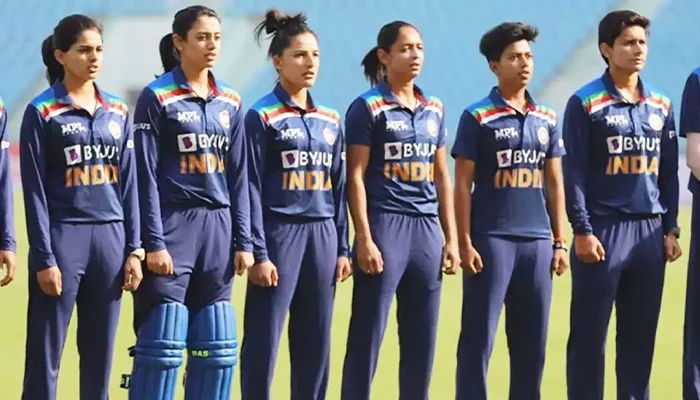
(India Women’s national cricket team)
In the cricket world, the journey through which players are able to reach the international format is filled with challenges and glories. However, when it comes to women cricketers, it is often filled with various other obstacles that stop them from reaching the top. When we uncover the stories of the challenges faced by these women to play international cricket for their country, we will have a look at their determination and resilience for the game, which took them to the top. Although they have impressive skills and talent which could get them to the international level, they still face various challenges like gender stereotypes, unequal opportunities, and several others. From going against society to overcoming educational barriers, there are a few women cricketers who have been able to successfully make it to international cricket.
1. Shafali Verma
Shafali Verma is one of the most popular batters in the India Women's cricket team, known for her aggressive batting style across the shorter format of the game. However, her journey was filled with various obstacles, and she fought to reach the international level and represent the country. Shafali Verma was not able to play cricket in her childhood days due to gender stereotypes, for which she cut her hair which could help her to play cricket with others. At the age of 8, she started playing cricket along with some fellow mates. Her father was also a cricket enthusiast who noticed her talent for the game.
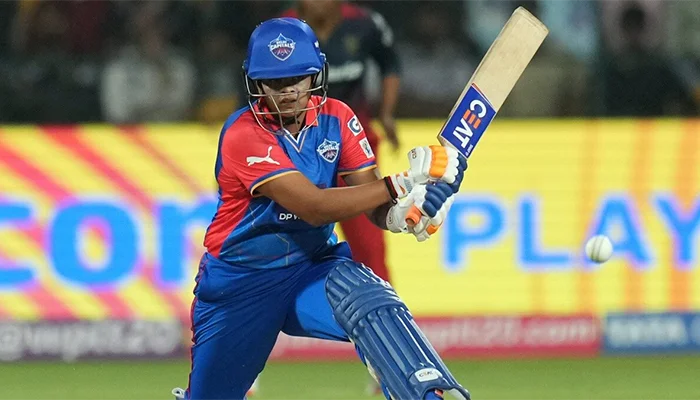
(Shafali Verma playing for Delhi Capitals in WPL 2024)
Therefore, Shafali Verma received support from her father in playing the sport and improving her skills. Since there were a few academies for girls in Rohtak, she disguised herself as a boy through which she could receive more opportunities to play. Fortunately, the coaches noticed her talent for the game, which helped her play for Haryana at various age levels, gaining more experience before reaching the Haryana Women's domestic team. Having a strike rate of 130.27 in 68 Women's T20I matches, Shafali Verma has proved herself to be an aggressive striker for the team.
2. Smriti Mandhana
Smriti Mandhana, who plays for the India Women's cricket team and is also the captain of Royal Challengers Bangalore in the Women's Premier League (WPL), also faced several challenges in the initial stages of her career. Although her family was closely related to cricket, her parents had to work hard to ensure that Smriti Mandhana received opportunities to play for the upper levels. Her father and brother played domestic cricket, which inspired Smriti Mandhana to play the game. Practising with her brother in the nets, she developed her skills as a batter.
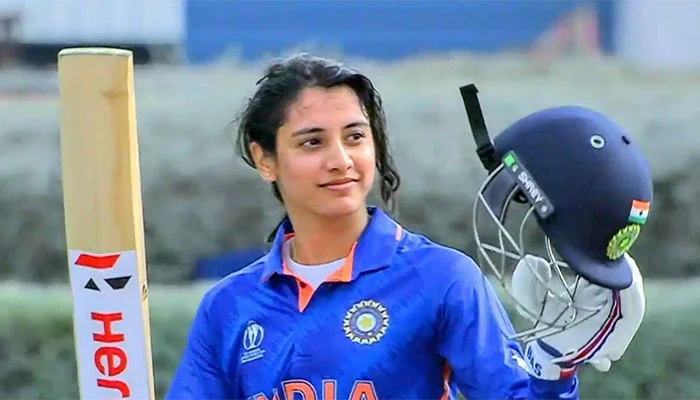
(Smriti Mandhana celebrating her debut century)
Her father worked as a chemical distributor, and her mother took care of the diet to be taken by Smriti. Watching her brother play for the Maharashtra Under-16 team inspired Smriti a lot, due to which she improved her skills. As a result, she was a part of the Maharashtra Under-15 team at the age of 9. Currently, Smriti Mandhana holds various records across both national and international levels and is also the winning captain of the WPL Season 2, where Royal Challengers Bangalore Women won the title. She has scored 3108 runs in 124 Women's T20I innings with 23 half-centuries.
3. Yastika Bhatia
Yastika Bhatia, the wicket-keeper for the India Women's cricket team and Mumbai Indians in the Women's Premier League (WPL), encountered several challenges in her career to mark her debut in the international format. Her elder sister also played in a cricket academy, which allowed Yastika to join the same team at 8. After spending some time in the game, she started loving to play it. She spent the next few years managing her school studies and her passion for cricket together. She was also a part of the Baroda Under-19 team and Baroda Under-23 team, which opened up even more opportunities for her.
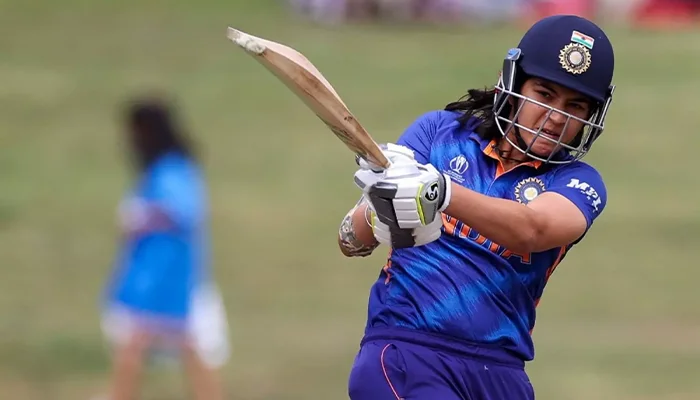
(Yastika Bhatia playing for India Women’s cricket team)
When she played in the Baroda Under-19 team, her elder sister left cricket for some unknown reasons. Yastika had improved a lot before the COVID period, and her father wanted her practice to go on. Therefore, she was able to practice even during the COVID-19 period, as her father built up a cricket net practice area in the parking lot. Her father used to train her in batting and wicket-keeping with a tennis ball, which improved her skills. As a result, Yastika Bhatia received an opportunity to play for the India Women's cricket team in the year 2021.
4. Harmanpreet Kaur
The current captain of the India Women's cricket team, Harmanpreet Kaur, has been an astonishing all-rounder, excelling with both bat and ball. But before making her debut for the India Women's cricket team, Harmanpreet Kaur faced a number of obstacles before receiving such an opportunity. Her father was once a cricketer and his first coach in the game. But later, her father took the job of a clerk in a judicial court, and she decided to continue her passion for the game. For her passion, she joined a cricket academy which was approximately 30 kilometres away from her home.
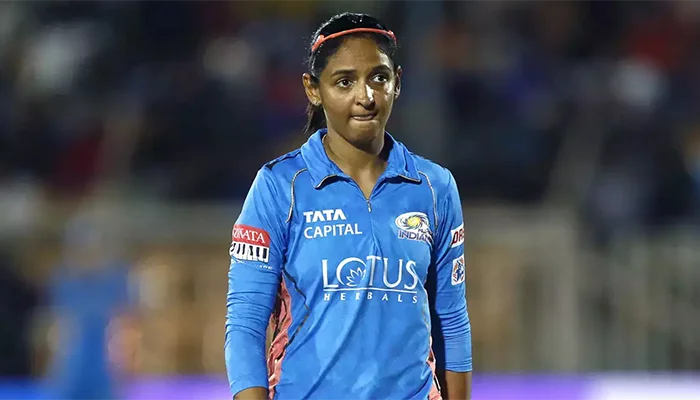
(Harmanpreet Kaur playing for Mumbai Indians in the WPL)
In the initial days at the academy, Harmanpreet used to play with the boys through which she was able to develop her skills in the game. She moved to Mumbai at 25, where she started working at the Indian Railways. This shows that Harmanpreet Kaur managed her passion for the game and her job. She made her debut in the Women's ODI format at the age of 20, and since then, she has made several achievements. In 2018, she became the first India Women's cricketer to have scored a century in the Women's T20I format. Her captaincy skills have been impressive, as she helped Mumbai Indians Women to lift the inaugural WPL trophy in the first season.
5. Deepti Sharma
Deepti Sharma, another impressive all-rounder in the India Women's cricket team, is a left-handed batter and a right arm off break bowler. Her brother, Sumit Sharma, also played cricket at an academy, which developed her passion for the game. Shafali used to watch her brother play constantly and asked her father to allow her to visit the academy with her brother. At the age of 9 years, she visited the academy with her brother, where she used to watch the other players practice in the nets. In one of the practice sessions at the Ekalavya Sports Academy in Agra, Shafali was asked to throw the ball which directly hit the stumps from a distance of approximately 50 metres or above.
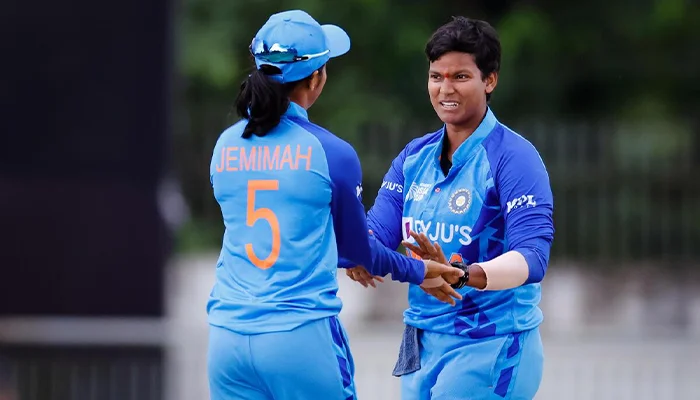
(Deepti Sharma celebrating after taking a wicket)
This also helped her to be noticed by the India Women's cricket team selector at that time, Hemlata Kala. At the age of 15, she had developed impressive all-around skills but still didn't receive many opportunities to play at the state level. But when she debuted in the domestic format, she delivered impressive performances every season. In her debut ODI match against South Africa Women, she took two wickets at an economy of 3.50 but was not able to perform well with the bat. She has been the third-highest individual scorer in the Women's ODI format, scoring 188 runs.

Comments
Sign up or log in to your account to leave comments and reactions
0 Comments